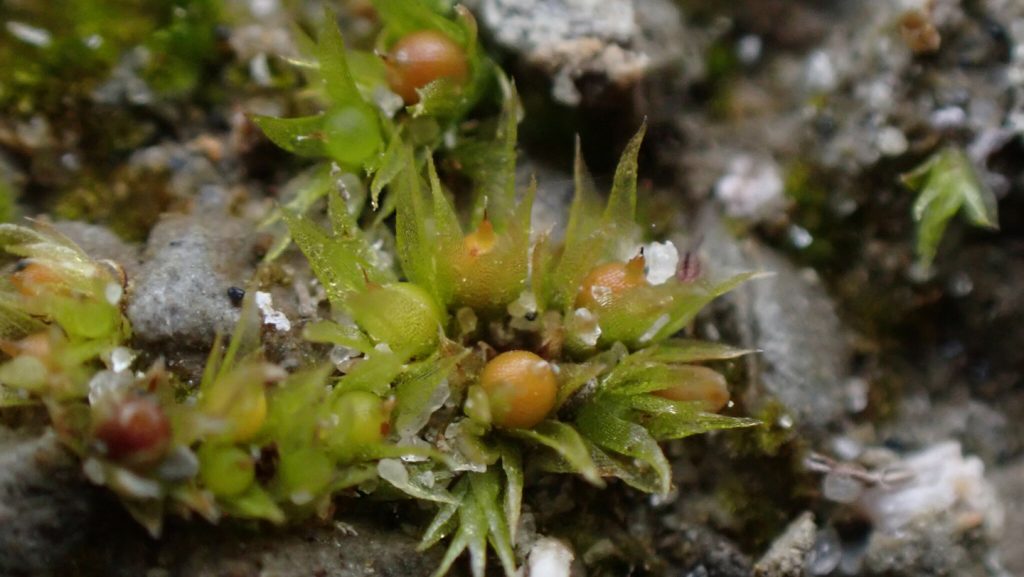Space Moss Reveals Extraordinary Resilience in Orbit
In a remarkable demonstration of nature’s adaptability, moss spores have proven their ability to survive the harsh conditions of outer space. After being exposed to the vacuum of space outside the International Space Station for nine months, 86 percent of these tiny biological travelers germinated and began growing when returned to Earth. This astonishing finding, reported in the November 20 issue of iScience, adds another organism to the elite group of terrestrial life forms capable of enduring the extreme environment beyond our planet’s protective atmosphere.
“Beautiful,” was the single-word response from biologist Tomomichi Fujita of Hokkaido University when he witnessed the moss spores’ successful germination. Despite conducting preliminary tests in simulated space environments—including vacuum conditions, intense ultraviolet radiation, and extreme temperature fluctuations—Fujita had harbored doubts about their survival prospects in actual space. “Multiple stress conditions may have a synergistic bad effect,” he explained. “Only one stress, maybe we can tolerate it. But if we have multiple stresses, maybe we are going to die.” Yet the moss spores, scientifically known as Physcomitrium patens, defied these expectations.
The secret to their survival appears to lie in their dormant state and natural protective features. Astrobiologist Daniela Billi from the University of Rome Tor Vergata noted that the spores’ dried, inactive condition made them inherently resilient to dehydration and temperature variations. Additionally, they benefited from being enclosed within a natural protective barrier called a sporangium, which provided crucial shielding against radiation. Billi wasn’t surprised by the results, though she emphasized that the real challenge lies ahead: testing samples in their metabolically active, hydrated state, which would make them significantly more vulnerable to space hazards including radiation, vacuum, microgravity, and temperature extremes.
This research carries profound implications for future space exploration and potential colonization efforts. The remarkable endurance of plant spores and seeds in space suggests that vegetation could potentially be transported to extraterrestrial destinations like the Moon or Mars. There, they might be cultivated in specialized facilities to support astronaut life support systems by providing oxygen, food, and even medicine. Fujita envisions a future where humans could construct greenhouses on Mars, growing plants specifically selected or adapted for tolerance to the Martian environment.
For scientists, the next critical phase of research involves assessing the DNA damage these P. patens spores sustained during their nine-month space sojourn and studying how the plants repair that damage. As Billi points out, this damage occurred “under non-Earth conditions with a mix of cosmic and solar radiation that doesn’t reach the Earth,” making it uniquely valuable for scientific study. The research builds on previous experiments conducted approximately 17 years ago, when seeds from a mustard plant (Arabidopsis thaliana) and tobacco (Nicotiana tabacum) were exposed to space for over a year and a half, with nearly a quarter surviving despite showing impaired growth and fertility initially.
By examining how plants and other organisms recover from exposure to the harsh conditions of space, scientists are gaining crucial insights into the fundamental mechanisms of life’s resilience. These findings not only expand our understanding of biology’s limits but also bring us one step closer to determining what it would take for Earth’s life forms to survive and potentially thrive beyond the protective boundaries of our home planet. As humanity’s ambitions for space exploration continue to grow, the humble moss spore may have just provided a small but significant green light for our interplanetary future.


